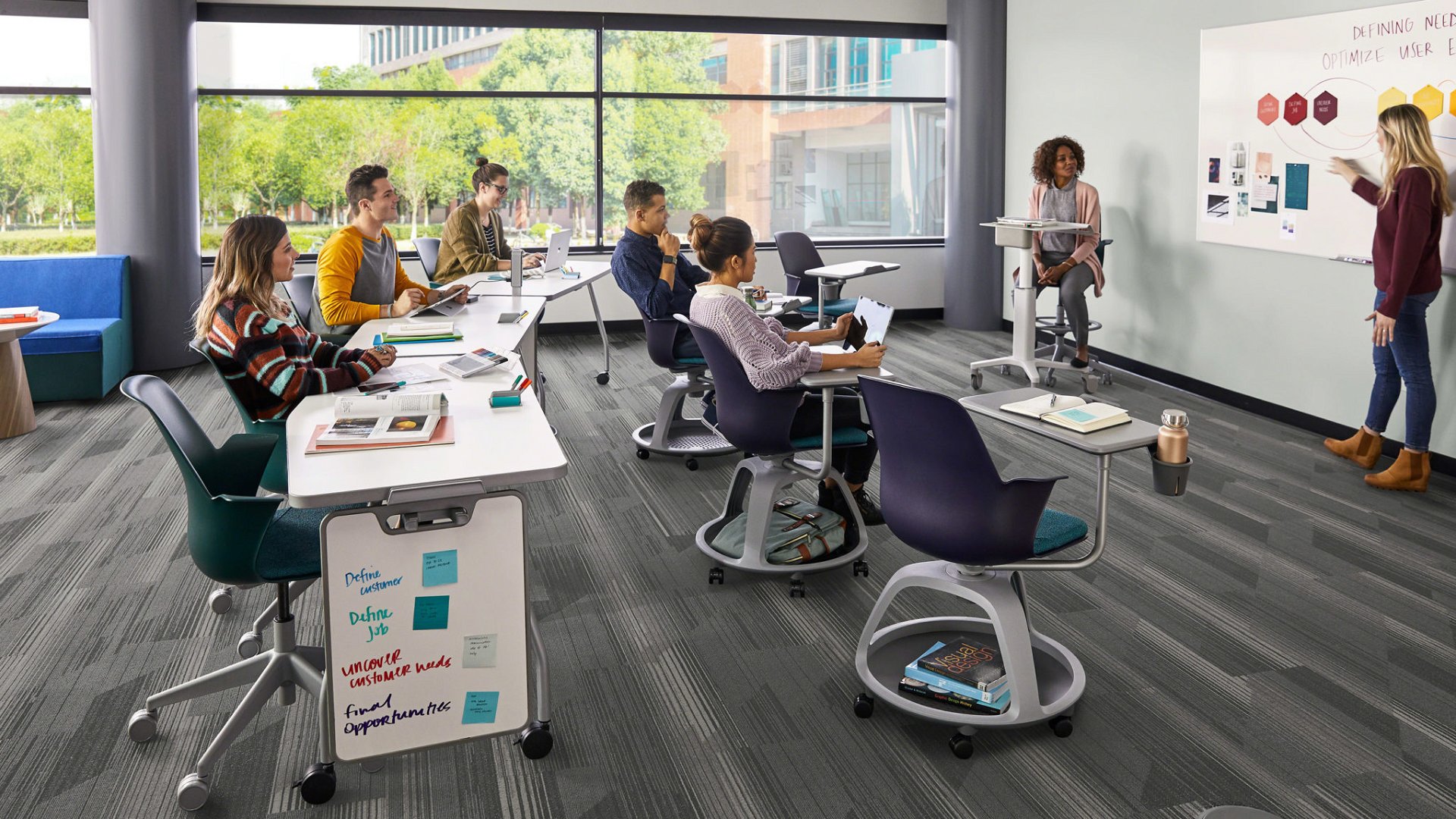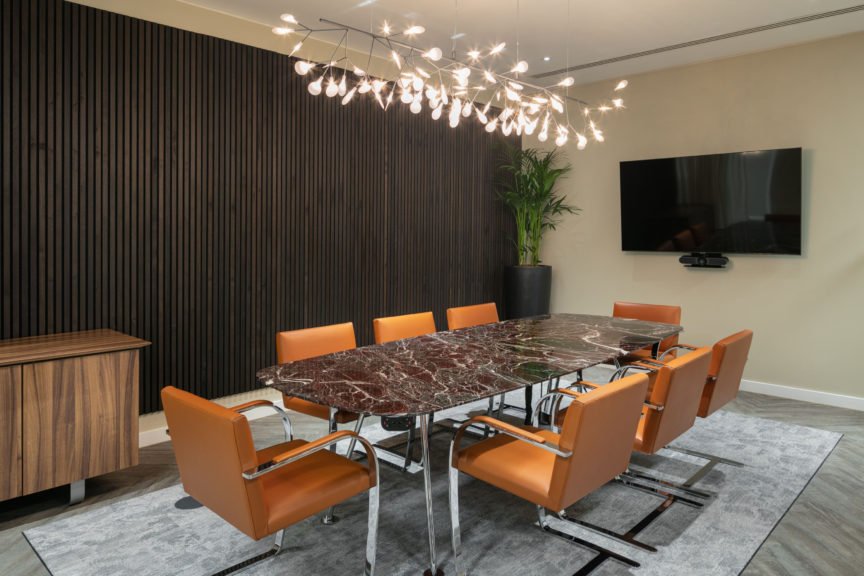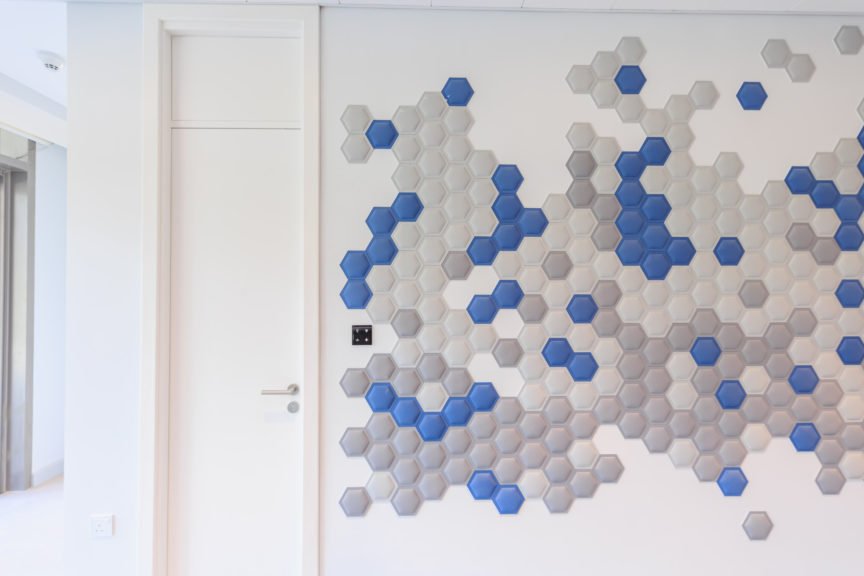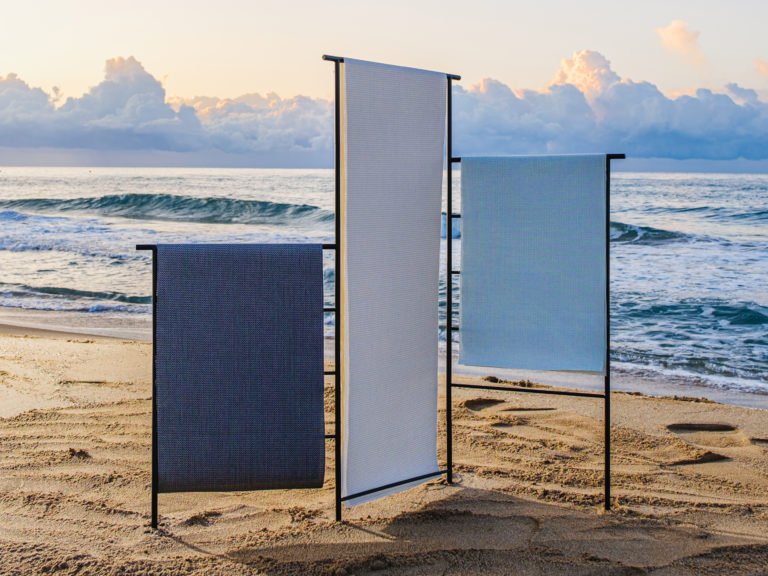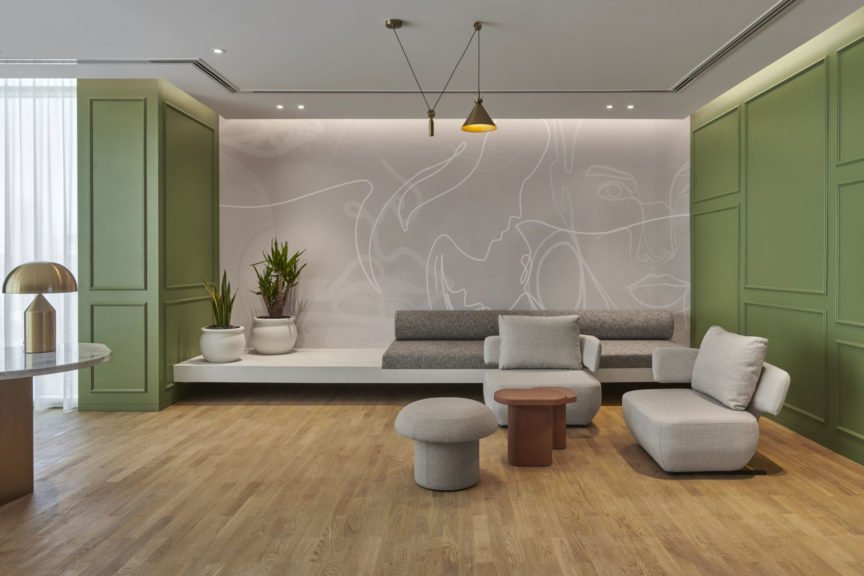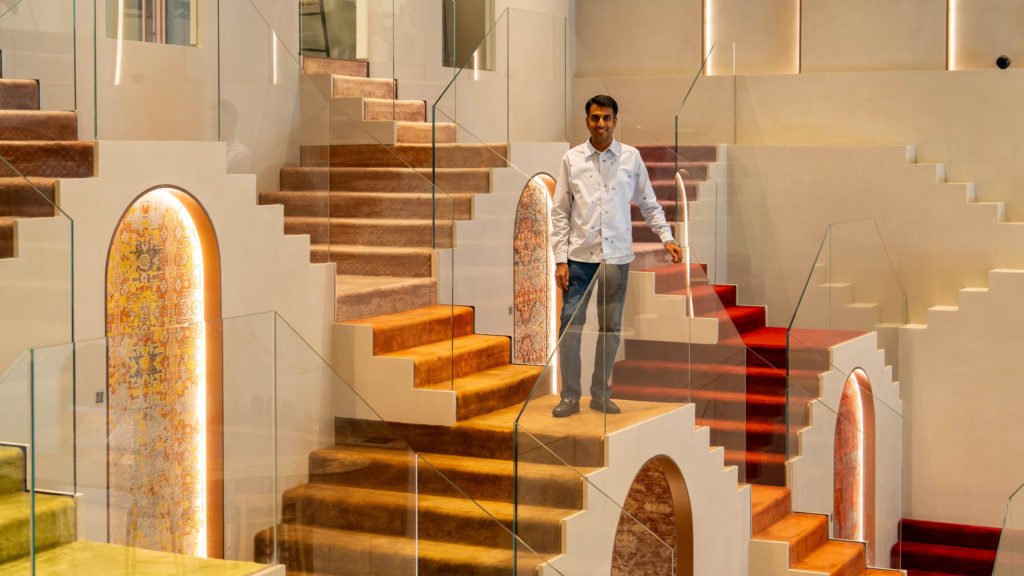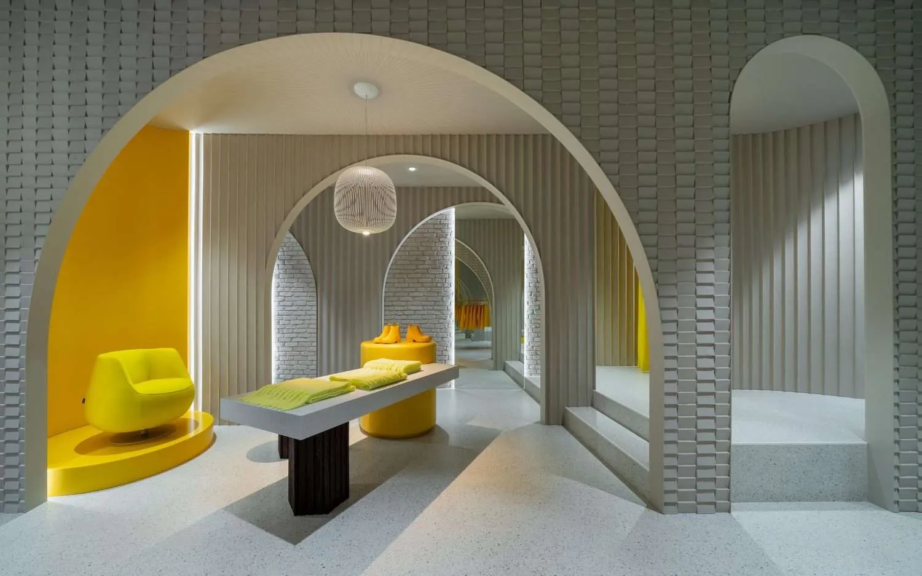“Originally, classrooms were created to boost the industrial and corporate era, to teach children to be good workers. However, in the past decade, that’s changed. Now, we are looking to find the best way to equip these young minds with tools and skills that will help them shape their future as valued professionals, not just employees,” Itay Ben Haim, Partner at Kisselov Kaye Architects, sheds light on how the original purpose of the classroom has now run its course.
Kisselov Kaye Architects is a veteran design and architecture firm in Tel Aviv that has designed numerous educational campuses in its wake. Besides being a family-run design atelier that has engaged three generations of the Kislov and Kaye clans, the eponymous studio also works with other talented professionals such as Itay.
Boaz Kaye, Managing Partner at Kisselov Kaye Architects, believes that the typical set-up – desks arranged in rows with a teacher up front – is still not obsolete; but there need to be many more flexible configurations than just that. “We need rows as much as we need groups. We need personalised spaces as much as we need communal spaces.”
On the other hand, for Steelcase Learning, there’s education everywhere – from schools to corporate offices. While that is irrefutable, classrooms are the first hubs of learning for most. Overtime offices have evolved, but the concepts and layouts of the classroom have been left untouched for ages. So, how exactly should the classrooms accommodate these vision changes today?
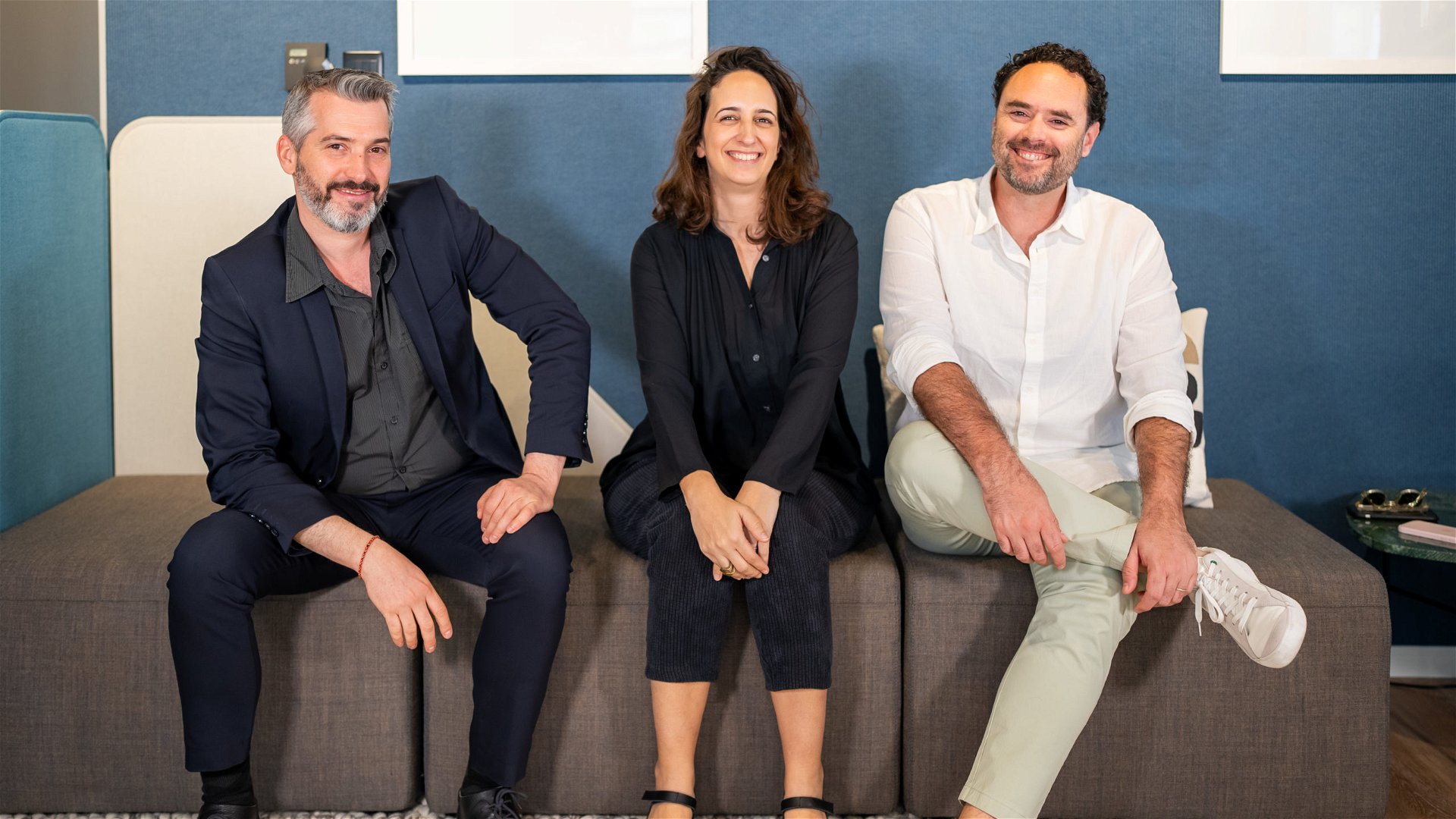
From left to right: Boaz Kaye, Managing Partner at Kisselov Kaye Architects; Itay Ben Haim, Partner at Kisselov Kaye Architects
The Effect of Technology on Educational Design
Notebooks have begun to be replaced by tablets, pens and pencils with a stylus, crayons and paints with a 2D colour palette with access to every shade possible. We are living in an era where even before beginning school, toddlers are familiar with the alphabet and most (and more) nursery rhymes. Coding has become a part of the elementary curriculum, and the first stage of grading student assignments is passing them through AI-detecting software and plagiarism checkers.
Students have access to the entire world at their fingertips. Itay emphasises the effect of such advancement in educational spaces, “With Wi-Fi, there’s newfound mobility. Everything doesn’t have to be in a certain place in a certain way with a certain set-up. We need to create the infrastructure to allow students to move around and do different things.”
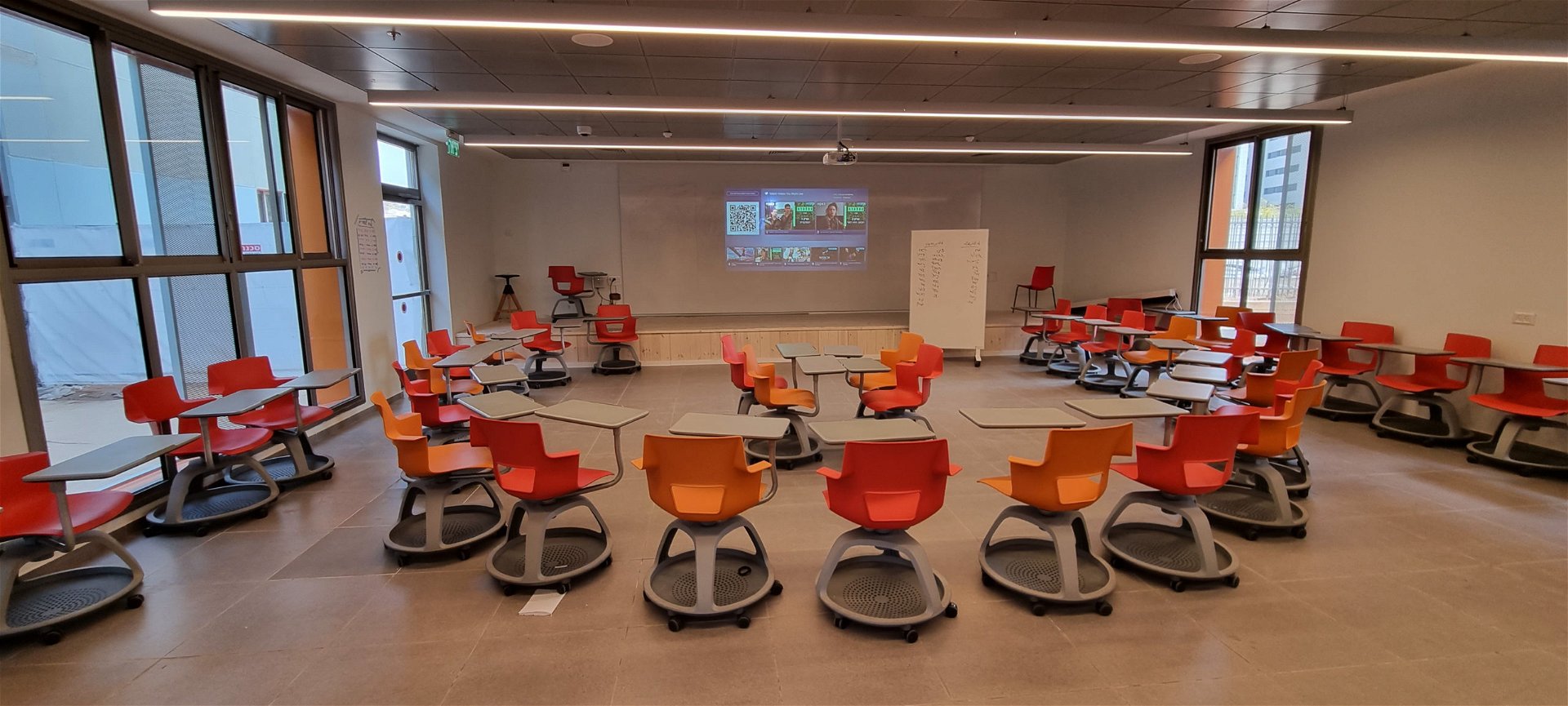
“Designing contemporary classrooms that can be efficient and flexible spaces for learning is stepping into uncharted territories. Designers can think, innovate, and curate something out of the box, but success is not definite; there is no playbook. The real project starts once you give away the keys. You need to accept that they’re going to use it completely differently than you imagined, and that’s great. It might work well for some kids, but for some, not so much. You receive true feedback in the first few months, and then you revise the project to bridge the needs and make it even more flexible.”
-Itay Ben Haim, Partner, Kisselov Kaye Architects
Articulating the responsibility of designers in the scenario, he says, “We need to create spaces that will allow them to find different kinds of learning whether it’s in a small group or a big group, whether it’s one on one or in a setting that allows moving around. Something that can be adapted into different kinds of settings all through the year of the month – for varied events or through one class.”
Designing contemporary classrooms that can be efficient and flexible spaces for learning is stepping into uncharted territories. Designers can think, innovate, and curate something out of the box, but success is not definite; there is no playbook. “The real project starts once you give away the keys”, Itay says, smiling, knowing-it-all too well. “You need to accept that they’re going to use it completely differently than you imagined, and that’s great. It might work well for some kids, but for some, not so much. You receive true feedback in the first few months, and then you revise the project to bridge the needs and make it even more flexible.”
Kisselov Kaye Architects designed a school for a novel educational program in Ramat Gan. A team of experts had worked on a model that infuses learning with the community around and promotes building experiences through motor and tactile cognition. Team Kisselov Kaye designed the first and second layers – the unbuilt and built environment independently, but when deliberating on the third layer – the furniture, they fetched Steelcase’s assistance.
The different layers had to come together as a single integrated unit. While working at the institute and contemplating the students’ reactions was unnerving, it was a rewarding experience.
“It was a big learning curve, not just as architects, but as a system, as an educational environment, as a society, because it’s also different for parents to see a classroom like this. We took a big leap, and now it’s time to continue going up the ladder,” avers Itay.
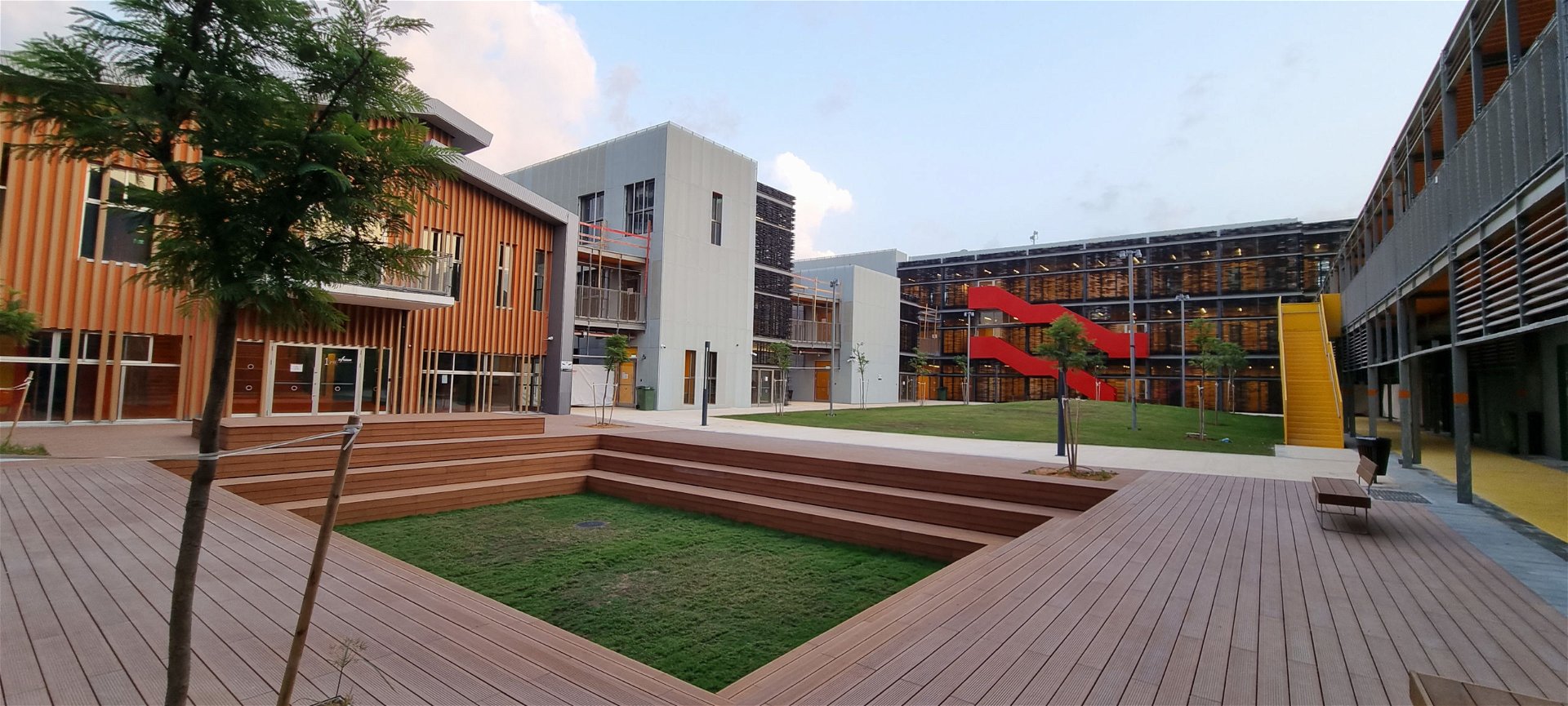
School in Ramat-Gan designed by Kisselov Kaye Architects
Offices – Not All That Different from Classrooms
“Steelcase has the luxury of providing solutions for offices for health care, for education. So we can draw similarities and differences between all these different markets. Personally, I don’t believe that there is a huge difference between the spaces where people work and spaces where people learn. Both of those spaces and all humans have more or less the same needs. They need to be able to socialise, they need to be able to rejuvenate or re-energize. They need to feel a comfort and a connection to the environment, to their colleagues, to their peers.”
The Role of Furniture in Classroom Design Today
Flexibility was a keyword in the discussion. Ergonomics are pivotal for comfort in adults, but flexibility takes precedence for children who refuse to sit still and are constantly fidgeting. Georgeta Macovei, Learning Consultant, Steelcase, recalls, “We were working at this university in Glasgow before the pandemic. The clients’ requests revolved around ensuring the right density and the number of students in the classroom. There was a requirement to fit as many students as possible in the large lecture halls, especially for those in the first year. When the pandemic hit and lockdown was imposed, all students moved to online classes, and once the campus was reopened, many learnings and observations about what students wanted emerged. When universities opened again, we saw that spaces that were less flexible attracted fewer students.”
For Steelcase the transition was seamless, their repertoire has always been equipped with modular and flexible furniture. The designs allowed the customer to easily reconfigure the space to the new needs, and we saw that spaces that were less flexible attracted fewer students.
Jean Piaget, the father of the constructivist view of learning, stated and proved that different people learn differently based on their experiences. Passive learning techniques could benefit one learner but can be useless to another. This theory is well-known in pedagogy, and eminent teachers even try inculcating this in their classrooms. However, they need more support to help them reflect the same holistically.
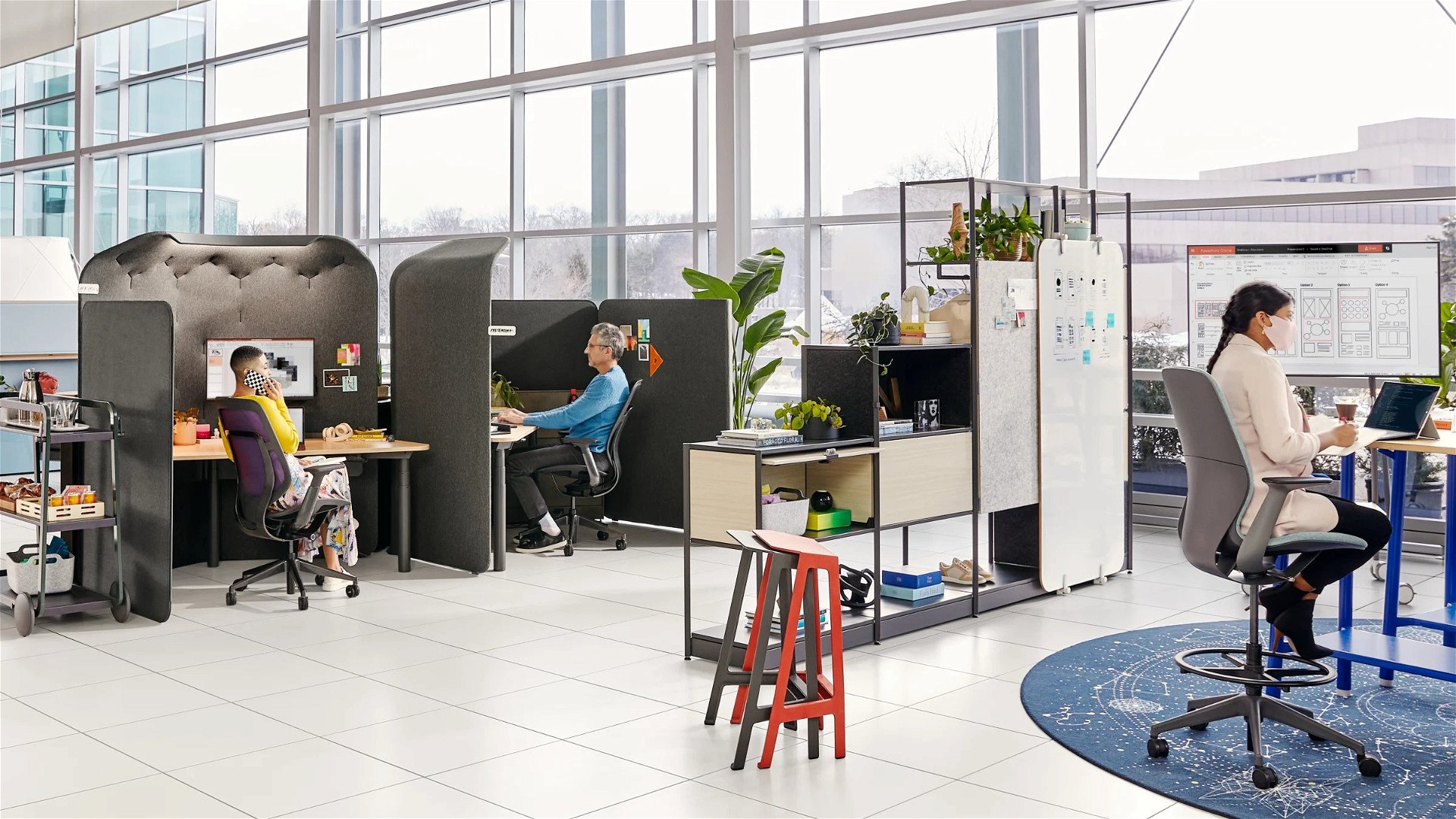
The Steelcase Flex Collection supports flexible configurations in corporate and educational environments
At the administration level, some institutions have begun picking up on the advantages of the technology; a handful of universities are now offering degrees in three formats – online, hybrid or on campus. Classrooms, especially those in universities, now incorporate microphones, speakers, projectors and other apparatus unfailingly to enable distant learning – for both students and professors.
In the instance of the University of Glasgow, the clients were surprised to find students returning to campus preferred open spaces and collaboration pockets over stuffy and secluded lecture halls. Curriculums are finally acknowledging that students’ preferences may vary from benefiting from studying in groups to oscillating between alone, concentrated time and team collaborations.
“All our learning dedicated solutions allow this individuality”, Georgeta makes known. “Our products have always supported how people learn. I would even dare to say that our first product Node was designed to support a new active way of learning and from the latest products, the Flex collection is one of those products that can really allow you to move from one configuration to another very easily. Shortcut is another great example and so is Verb with the whiteboards.”
Column-wise, from left: Node Chair, Turnstone Shortcut Chair; Verb Whiteboard
The Flex furniture range gives users control over their immediate environment. Students can decide their set-up from sound muffling partitions to height-adjustable, wheeled tables and focus on learning over adjusting the unyielding furniture.
Boaz, too, promptly draws attention to the importance of furniture in an educational setting. “As much as we want to be flexible and agile, we’re still in the field of architecture and buildings. We still have to build from concrete and cement. You can’t move those walls even if you want to. There’s a limit to what you do. So most of your options come from furniture to make a single space that can move as much as you can,” he says. Imagine the most avant-garde classroom you can with projectors and the biggest and most fluidly shaped windows – without furniture inside, how long can students interact with mere fancy albeit conscious architectural interventions?
Georgeta reveals, “Some schools and teachers try to embed active learning or different methodologies from the Constructivism theory. But fixed furniture blocks their initiatives to regroup, students to make them work together, to collaborate, to share knowledge back to the group. We noticed that a lot of students were not being able to move, and they weren’t able to revitalise their bodies. The arrangement made utilisation of the space arduous.”
“As much as we want to be flexible and agile, we’re still in the field of architecture and buildings. We still have to build from concrete and cement. You can’t move those walls even if you want to. There’s a limit to what you do. So most of your options come from furniture to make a single space that can move as much as you can.”
-Boaz Kaye, Managing Partner, Kisselov Kaye Architects
Node, released in the early 2000s was one of Steelcase Education’s first products. Even then the team knew to take a research deep-dive before delivering a solution. The Node from Steelcase is not just a comfortable chair; it’s a system that adapts to multiple situations. It is a swivel seat and tablet arm, with a wheeled tripod base. The chair can be moved quickly, and students can jam their backpacks in the circular base, a simple, clutter-free solution to promote flexibility.
The tablet arm is designed specifically to hold a laptop and a notebook to facilitate the comfortable use of technology in the classroom, while keeping the classroom set-up flexible and mobile. Node as a module transforms within seconds, and on a whole the classroom can adapt to the requirement within a few minutes. With such assistance, the teacher can be more intentional in the design of lesson plans.
“We try to understand how our users are using the space and furniture, and then we try to create a product that intuitively solves their needs even before they know they have an issue”, says Georgeta.
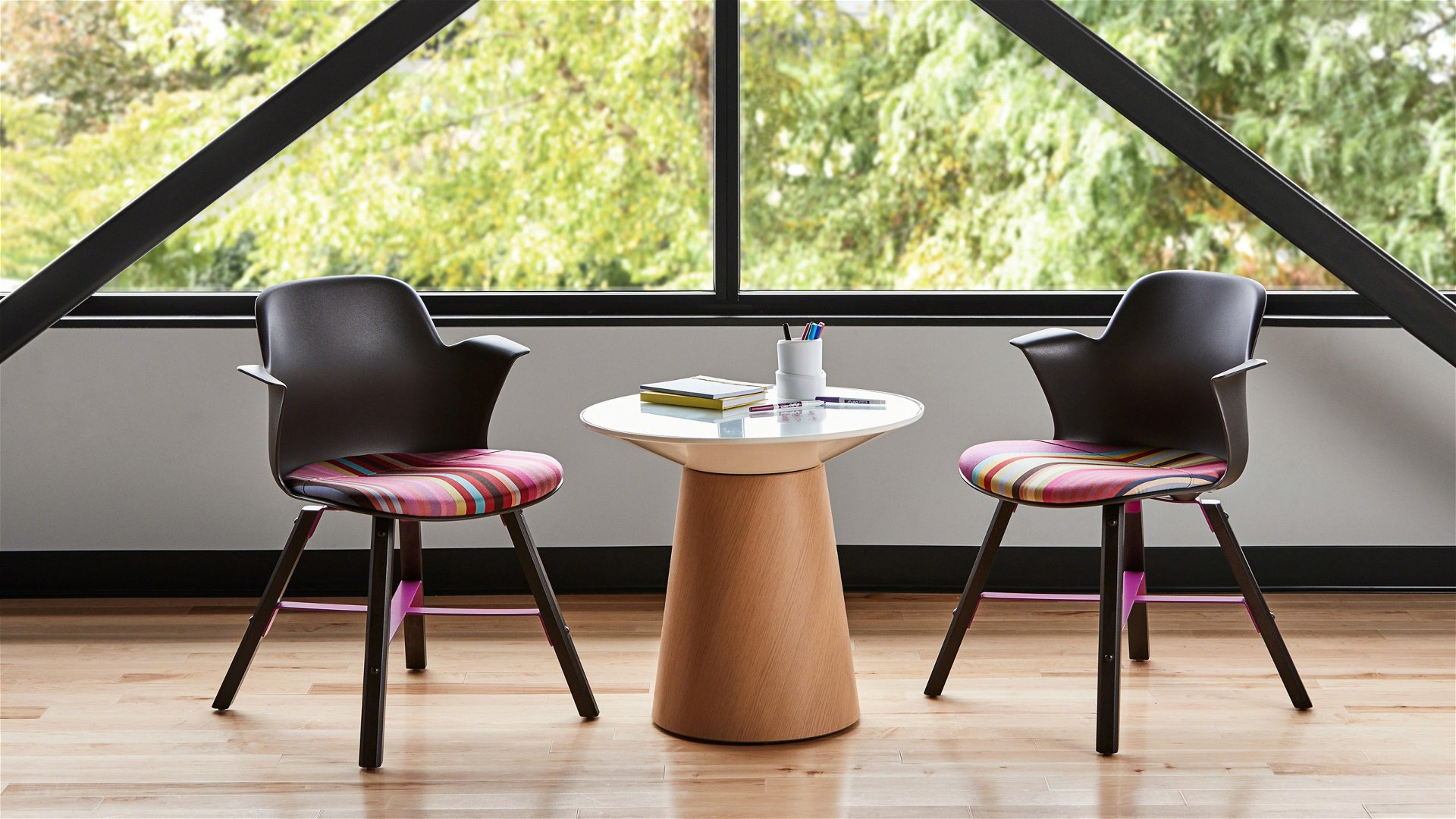
Classrooms aren’t just for Students
“We need to keep in mind that universities are not simply classrooms and seminar rooms. They have other spaces like private offices and meeting rooms for teachers and support staff,” reminds Georgeta.
“What the future will need, we cannot say for certain. But today, we need to address current issues. As of today, most schools still follow conservative methods. You can make a great classroom – things go out of the walls, and everything floats in the air. But the teacher was taught to be a teacher 40 years ago; you need to address that as well. We’re in a phase where things are changing but not completed yet,” adds Boaz Kaye.
The Future Classrooms
“Everyone is trying to figure The Future Classrooms, especially the customers. They want to strategise and future-proof their spaces”, Georgeta begins, light-heartedly. “I think the future classrooms will be for focused work and debates rather than for lectures.” To her, emphasis on emotional skills like teamwork and leadership will be at par with technical knowledge.
To Boaz, the reality is a little more extreme. With rapid technological advancements, Boaz feels knowledge is everywhere; hence, today, students discover early on what learning style works best for them. They are already comfortable absorbing and learning at their own pace.
“We used to have educational spaces to enable teaching. Today we don’t need teaching. On one side, there’s the prowess of AI and VR – which can curate an immersive environment that allows one to float in space and learn about quantum mechanics by watching atoms at arm’s length. But we forget that people – kids and grown-ups – need face-to-face interaction. We need that pat on the shoulder and an encouraging nod. It won’t be only one of these two extremes; it cannot be only one of two as I see it now,” says Boaz.
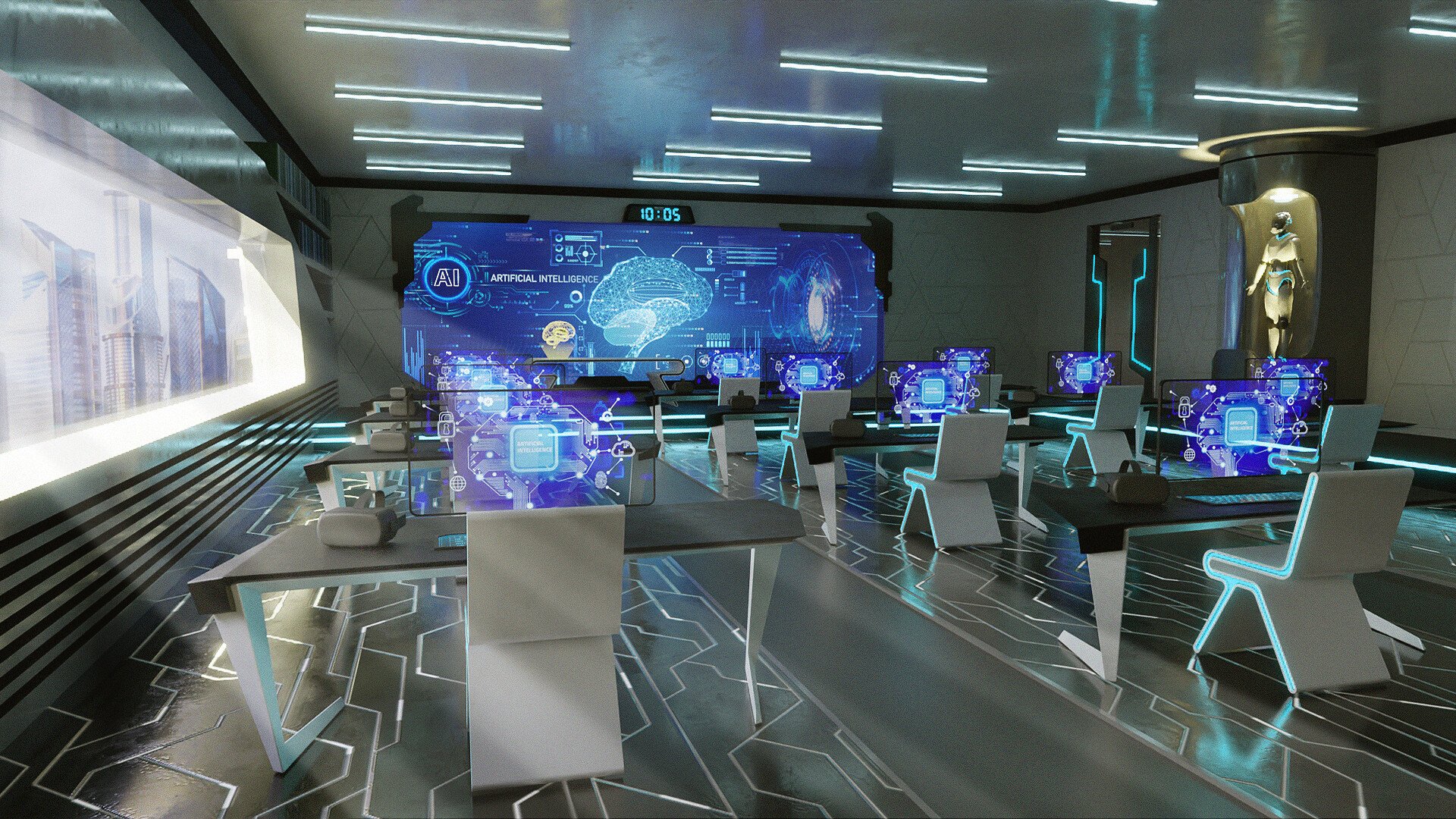
Image Courtesy: Art Station
There could be the re-defining of the professions of teachers, who will become more like conductors – steering pupils in the right direction and guiding and consulting them. To this, Georgeta agrees, “The future classroom is a space where how the teacher teaches defines how the classroom looks. The future classrooms are spaces that can change configurations to accommodate small, medium or even large groups. They are spaces where teachers and students have total freedom in deciding where they want to sit. It will evolve based on how students want to learn and how teachers want to teach. The space will respond to the needs of the student, not vice versa.“
As designers, furniture manufacturers and industry professionals, one needs to be aware of technological advancements, but not be blind to fundamental human needs. The Classroom of Future might be something out of fantasy, yet it should be based in reality.
Article info
Article:
Date added:
18 July, 2023

